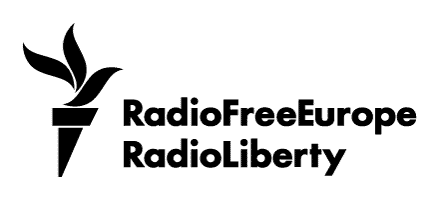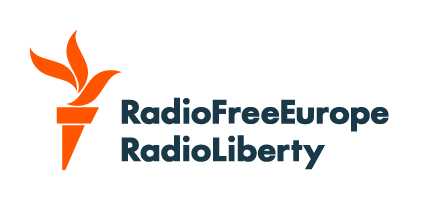When Israel issued a warning to residents of one of Tehran's most upscale and densely populated areas, District 3, to evacuate saying it intended to carry out air strikes in the area, already heightened anxiety rose even further.
Both countries have carried out air strikes on each other in recent days, inflicting scores of civilian casualties along the way. But the most intense attacks have come in Tehran.
Israeli Prime Minister Benjamin Netanyahu insists that the Israel Defense Forces (IDF) are not targeting civilians, but videos and images emerging from Tehran and elsewhere in the country show how difficult the situation is.
According to official sources, more than 200 Iranians have been killed, while Israeli authorities report 24 fatalities from Iranian retaliatory strikes that have hit cities such as Tel Aviv and Haifa.
In both countries, countless civilians feel caught up in a situation they can't control.
But unlike in Israel, Iran is fraught with an extremely limited free and independent press. Few reports have surfaced on the conditions faced by ordinary Iranians as the air strikes drive people from their homes.
Social media pictures and videos show Tehran's streets packed with traffic heading out of the capital as residents flee after several days of air attacks that have targeted nuclear and military facilities, as well as residential buildings that Israel said house senior officials and nuclear scientists.
Some residents reported long lines at gas stations and limits on the amount of fuel customers could receive, while in the north, where many are headed, food shortages were starting to appear.
Some have reached out to RFE/RL's Radio Farda to describe the situation.
Shielding Children
One mother spoke of the desperation she felt for her child, a 10-year-old who is being forced to process a war he doesn't understand.
“I’m worried about my son. He doesn’t say anything, he doesn’t say he’s afraid, but we all are. I don’t know what to do, where can we go [to escape the bombing]?” she asks.
Iran fought a devastating war with Iraq when then-President Saddam Hussein invaded Iran in 1980, kicking off a conflict that lasted eight years.
Many parents in Iran experienced that war as children. Now they are reliving it as adults.
“I never thought I would see two wars in my lifetime, and I certainly didn’t want my son to experience a war,” said the woman, who like others that reached out to Radio Farda, asked not to be named for security reasons.
Another woman in Tehran described the lengths she is going to to shield her child from the sounds of violence.
“We have a screen time limit at home, but these days I leave the TV on and turn up the volume so that my child doesn’t hear the blasts outside,” she said.
Many Tehran residents are fleeing the city for northern provinces -- typical holiday destinations.
Footage shared on social media shows traffic jams on roads leading north, with traffic reversed in some southbound lanes to expand the flow of cars -- to no avail -- out of the city.
“We begged my grandmother to cooperate and leave the city,” a woman who lives abroad told Radio Farda.
“But she has seen videos of heavy traffic on the roads and refuses to leave home. She has drawn her curtains [at home] and is awaiting her fate.”
Homes Turn Into Hideouts
One major issue Tehran is facing is a lack of bomb shelters, which has contributed to rising civilian casualties. It took Iranian authorities three days to decide to keep metro stations open through the night to serve as safe spaces.
A man in his 70s said he “did not know what to do” when he heard loud explosions at night as the bombing began.
“I live on the sixth floor. I decided to take shelter under the bed,” he said.
One woman who lived through the 1980-88 Iran-Iraq war said she couldn't believe she was reliving such a dark episode of her past.
“It’s very scary. It’s reminiscent of the bitter days of war and bombings and food shortages. I’m reliving all of it. I have a lot of stress,” she said.
“My sister’s child is very worried. She keeps crying and asking me if we’re going to survive.”












